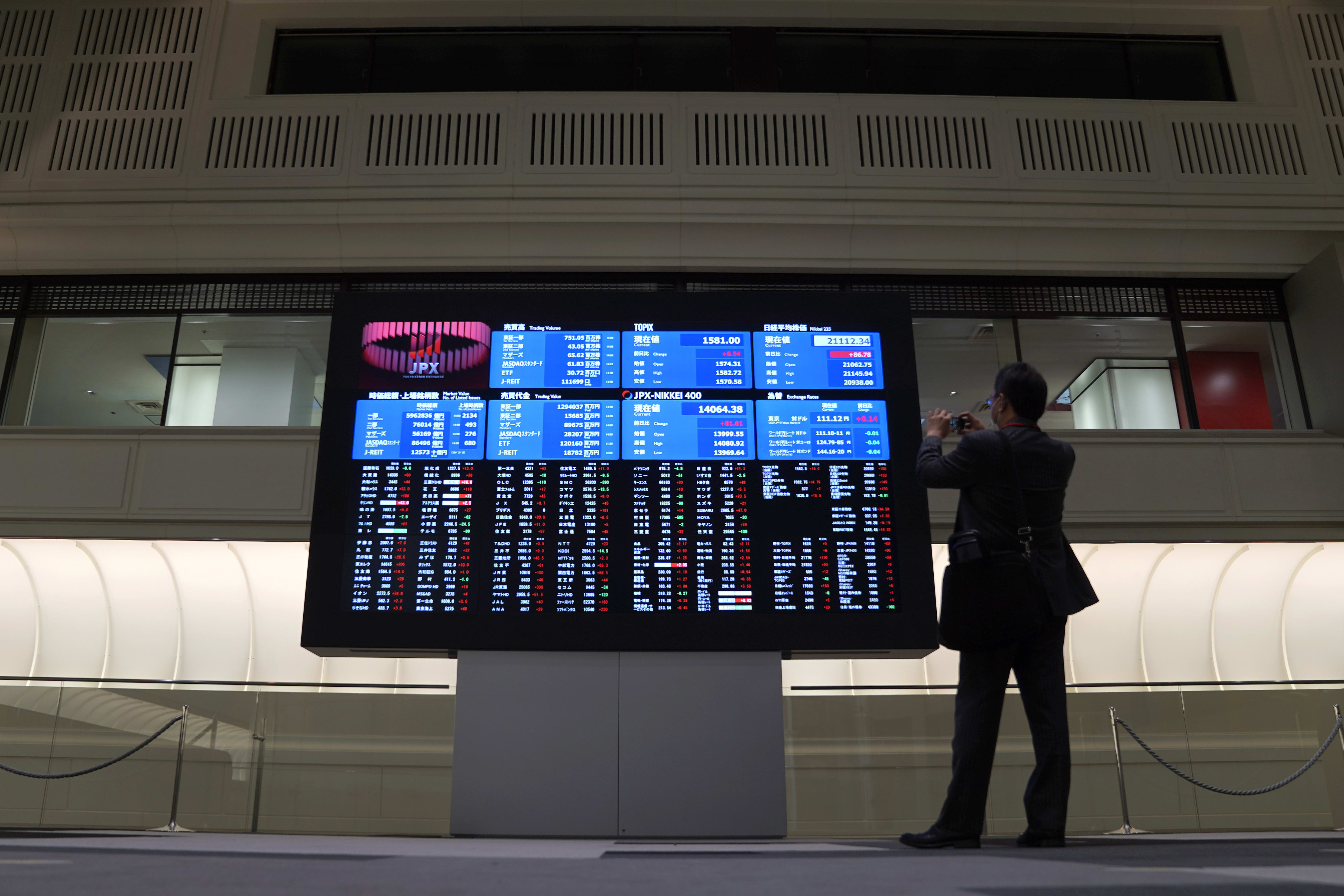
Asia Pacific stocks were higher in Monday afternoon trade as developments on the coronavirus pandemic continue to be watched by investors.
Hong Kong’s Hang Seng index led gains among the major markets regionally as it jumped 1.47% by the afternoon.
Mainland Chinese stocks were also higher. The Shanghai composite gained 0.18% while the Shenzhen component advanced 1.39%. The ChiNext surged 2.413%, as the the first batch of firms listing on the Nasdaq-style board under its revised IPO system made their debut on Monday. New regulations also now allow stocks on ChiNext to now rise or fall up to 20% in a session, as compared with 10% previously, according to Reuters.
In Japan, both the Nikkei 225 were little changed in afternoon trade. South Korea’s Kospi added 0.8%. The S&P/ASX 200 in Australia traded flat.
Elsewhere, India’s Nifty 50 added 0.63%. The moves came as the number of coronavirus cases crossed the 3 million mark, according to the latest data by the Government of India’s Ministry of Health and Family Welfare. India currently has the third largest number of coronavirus cases globally, behind the U.S. and Brazil, according to data compiled by Johns Hopkins University.
Overall, the MSCI Asia ex-Japan index gained 0.59%.
John Woods, chief investment officer for Asia Pacific at Credit Suisse, told CNBC’s “Street Signs” Monday that the firm is currently “neutral” on stocks at the moment.
“We have felt over the last six to eight weeks that there was a likelihood and risk of some sort of pullback particularly inspired by potential geopolitical concerns. We also had the sense that maybe valuations were looking a little stretched and there was likely to be some rotation from U.S. to Europe,” Woods said. Still, he added that the “longer-term picture still looks positive.”
Meanwhile, U.S. President Donald Trump’s administration is considering fast tracking an experimental coronavirus vaccine developed in the U.K. for use stateside ahead of the nation’s upcoming presidential election, according to a Financial Times report.
The U.S. dollar index, which tracks the greenback against a basket of its peers, was at 93.245 after its rise from levels below 92.4 last week.
The Japanese yen traded at 105.84 per dollar after strengthening from levels above 106 against the greenback in the previous trading week. The Australian dollar changed hands at $0.7165 following a decline last week from above $0.724.
Oil prices edged lower in the afternoon of Asian trading hours, with international benchmark Brent crude futures slightly lower at $44.33 per barrel. U.S. crude futures also shed 0.14% to $42.28 per barrel.
Source: CNBC
